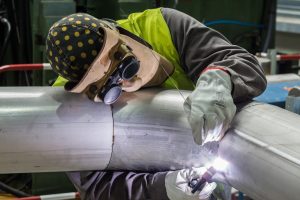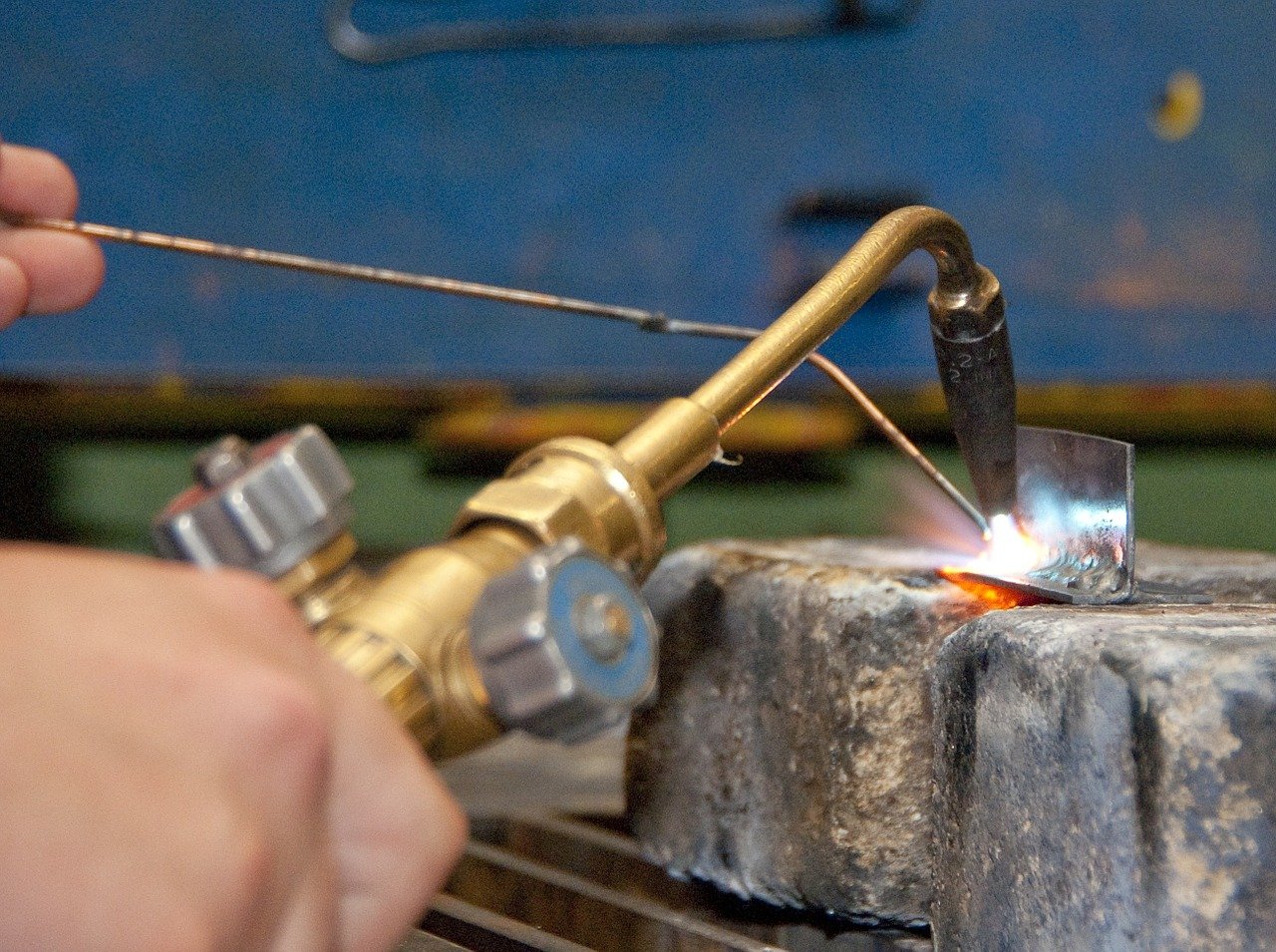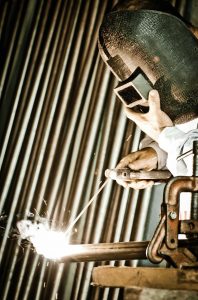In order to secure employment for one of the most used welding techniques, you need to learn new skills and refine them regularly.
The best part is that if you want to follow this career path in the USA you only need to obtain a certificate after successfully finishing training for the professional welder.
In fact, the most common welding type that it’s used not only in the USA but worldwide is SMAW – Shielded Metal Arc Welding.
What’s the Process of SMAW Welding?
Also known as flux shielded arc welding or manual metal arc, uses a flux-coated electrode to form the weld.
The electrode through the flux forms a gas as electricity passes which shields the electric arc in the space or in between the electrode and the metal welded.
The atmospheric gasses in the weld preventing contamination.
This type of welding, while it doesn’t require a lot of specialized equipment, is well compared to the other types of welding, which makes the process fairly simple.
Principles of Operation
An electric circuit supports a welding arc to convert electric line power of fuel into heat. It’s intense and extremely concentrated in the heat from the welding arc.
At the end of the electrode, it immediately melts a portion of the workpieces.
The weld pool that forms on the workpiece welder maintains the arc length by holding a consistent space between the electrode.
Once the liquid fuses and the melt solidifies the workpiece is finished.
Welding Techniques SMAW
SMAW welding techniques and to make this process easier it’s to pick a steel that will work.
AISI-SEA 1015 to 1025 requirements steel that conforms well, work well as this steel has silica content under 0.1% and sulfur content under 0.035%.
Problems with cracking alloy steels with content are above this range.
To get a neat weld be sure to clean up the edges once you’ve chosen your metal, clean things like oils, scale, moisture, rust, and removing paint.
Use an E6010 or E6011 electrode if you’re not able to clean the joint, with a slow travel speed to make sure the gasses bubble out before the puddle solidifies.
SMAW Welding Tips and Basic Quality
There are a few issues that can happen using this technique.
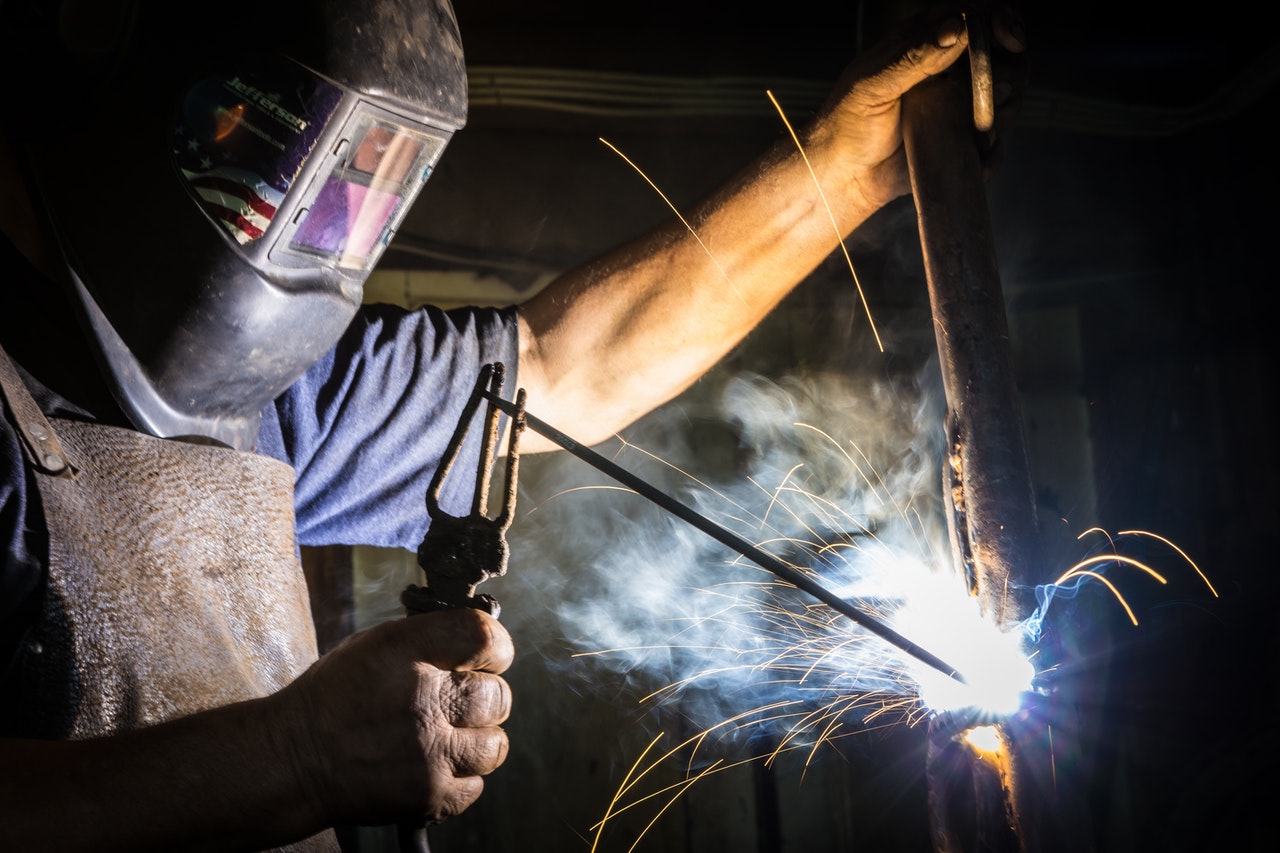
Some are porosity by gas in the weld before the metal solidified that did not escape, weak due to gas bubbles leaving the weld, and splatter caused by low voltage or high amperage, low power, or dirty metal, poor fusion.
- Too fast of a travel time
- Shallow penetration
- Too large electrode
- Too low current, while working
- Using inappropriate metals in the pieces
- Cracking caused by the above issues
- As well as not allowing movement in the weld.
Don’t make the join too wide or you may risk burn through while if your welding thinner stock 10-18 gauge between, set your workplace at a 46-75-degree slant and you can get the fastest travel.
If you are working with a heavier plate, like 3/15” or heavier make sure that the electrode is placed flat.
Welding SMAW Safety
Welding equipment must be respected like any tool.
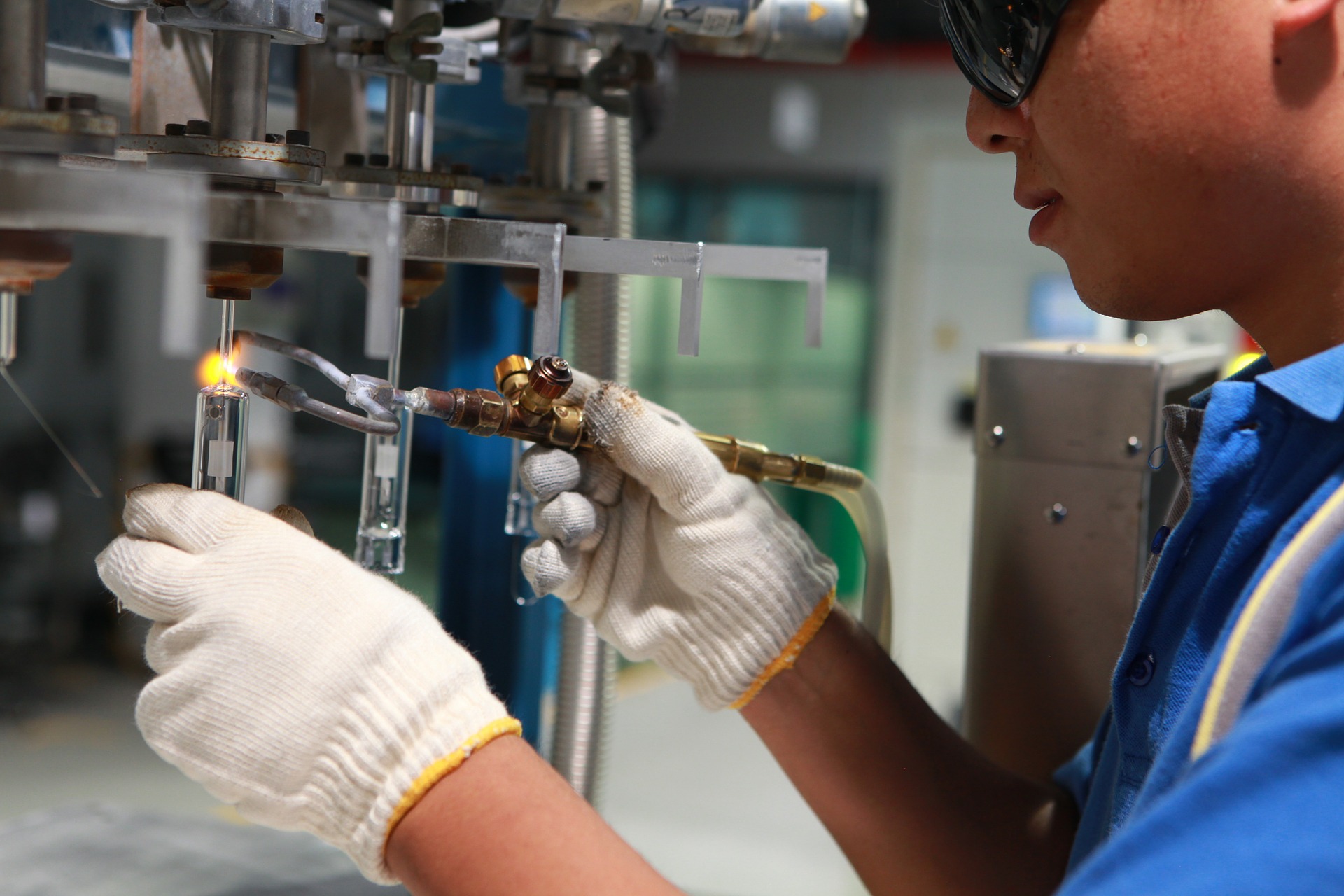
High voltage and amperage electricity involve any type of arc welding and if the proper precautions are not taken can be dangerous.
If electricity passes through the heart can be serious, can burn from the heat of the torch or electrical conduction.
Basic personal protective equipment must be worn to protect yourself while welding.
Welding helmets, a long-sleeved jacket, heavy leather gloves, are just the minimum protective clothing.
If the filter in the helmet’s faceplate does not protect your eyes you might suffer from permanent eye damage and retinal burns.
This can happen due to the ultraviolet light released during the welding process.
Providing sufficient ventilation is important too, and additionally, the welding process can release gasses that can be harmful to your health.

Lastly, The Shielded Metal Arc Welding SMAW average salary at companies is $76,106 as of March 26, 2021, typically falls between $66,674 and $87,930.
There are many factors at play here, salary ranges can vary widely depending on education, certification, additional skills, the number of works experience you have spent in your profession, and more.

